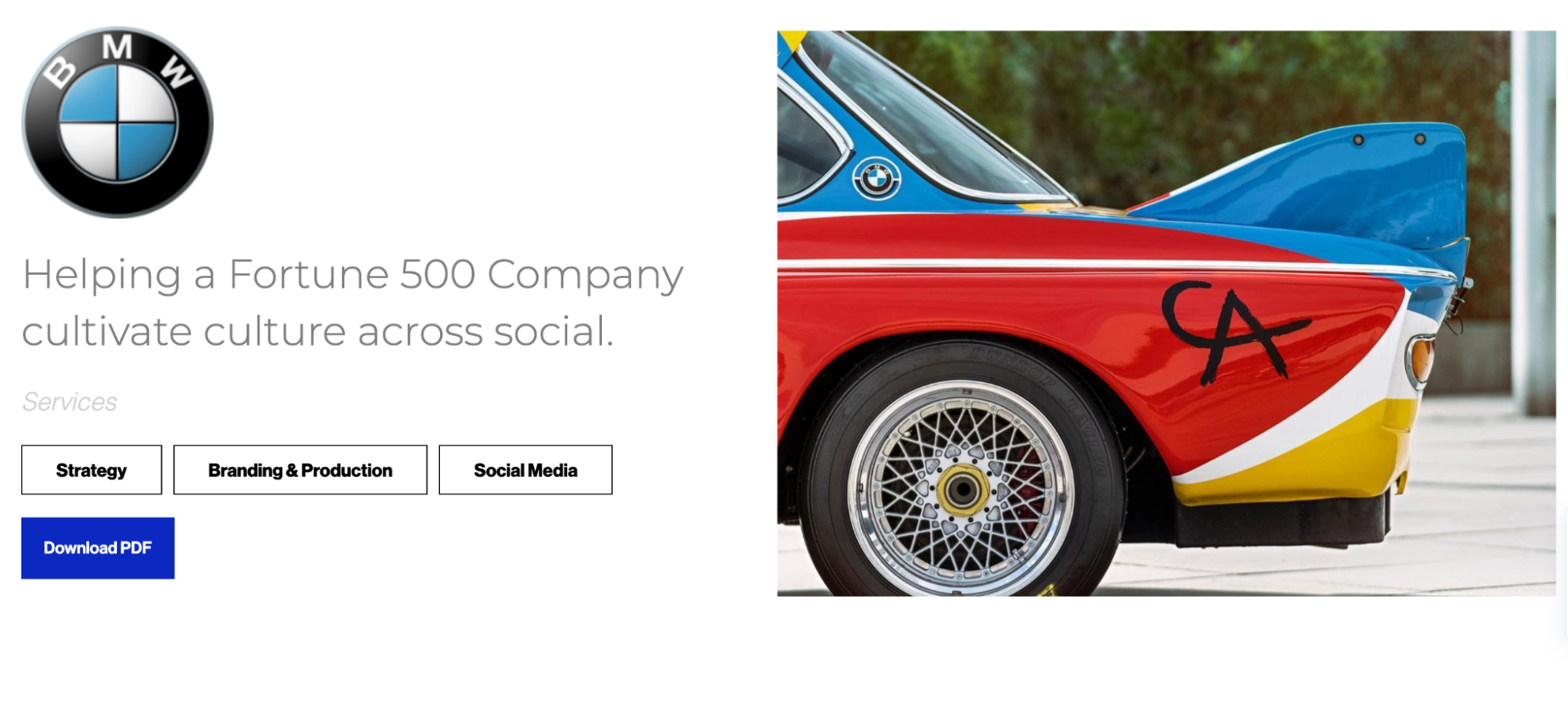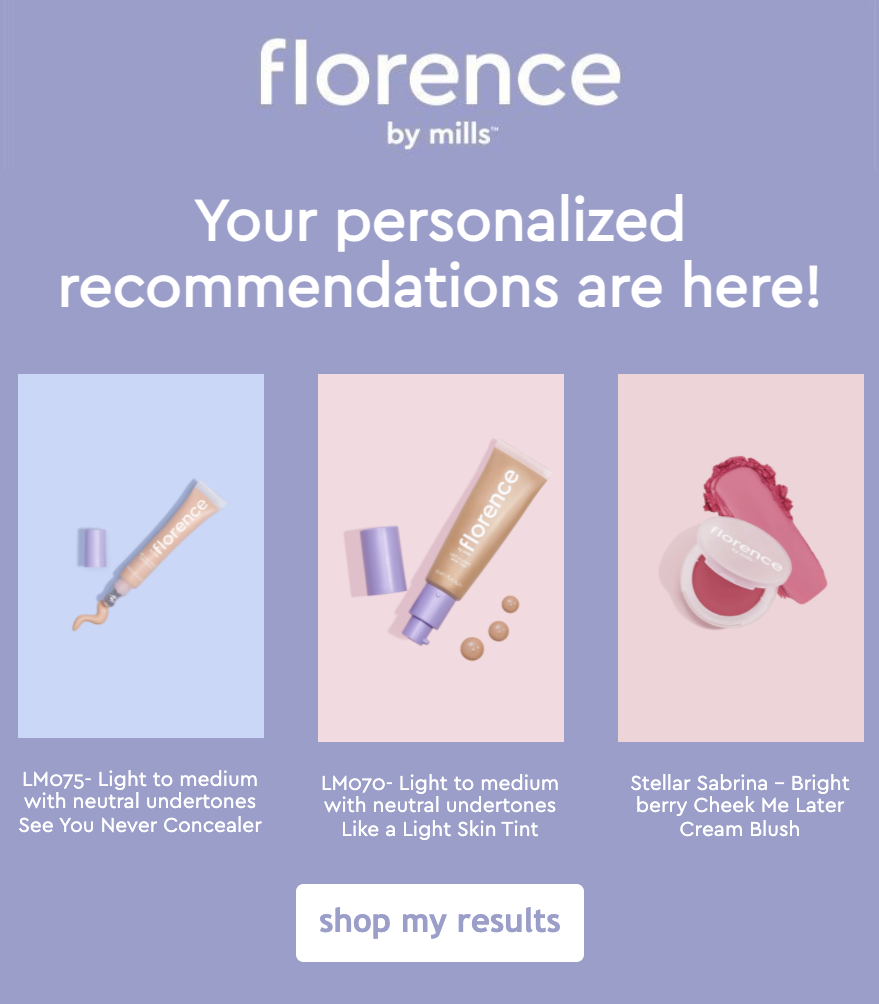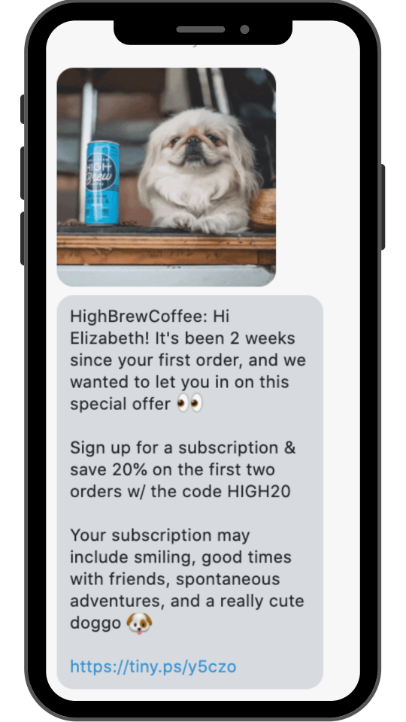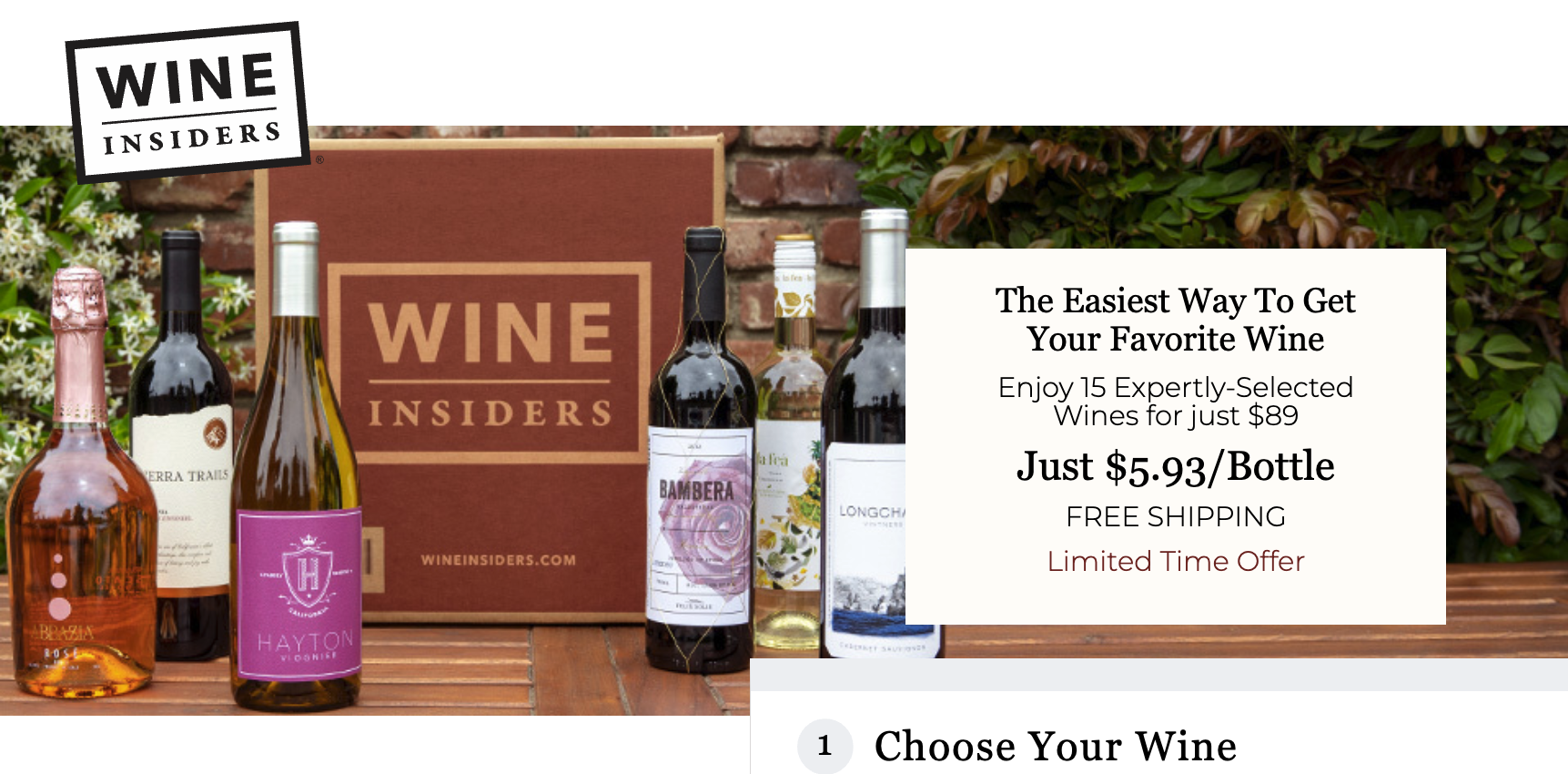
Securing the first purchase is only half the battle. Modern marketing is about transforming first-time prospects into repeat buyers and loyal brand advocates.
It’s one of the most difficult challenges for any burgeoning startup.
This process is called lifecycle marketing, and it’s all about maximizing the lifetime value of each prospect and eventual buyer. Mastering lifecycle marketing takes time, consideration, and some thoughtful touchpoints implemented at crucial moments of each customer’s journey.
The most efficient strategies vary widely from brand to brand, and designing each takes a great deal of knowledge and know-how.
Luckily, you’re not in this alone.
Let’s explore the stages and strategies of lifecycle marketing and demonstrate how you might be able to kickstart your brand into the growth state you’ve always dreamed of.
Defining Customer Lifecycle Marketing
In a nutshell, lifecycle marketing is all about transforming prospects into repeat buyers and, eventually, loyal brand advocates. This entails tracking customer behavior as they move through each stage of the marketing cycle.
Lifecycles come in all shapes and sizes.
For instance, a mattress company might only nudge its prospects to buy a new mattress every few years. Meanwhile, Starbucks might seek to transform a new customer into a budding coffee aficionado and Starbucks devotee within a few hours.
No matter the length of the cycle, the goal is always the same — how can I attract new business and utilize key touchpoints to keep them coming back?
Our entire approach at Electriq revolves around lifecycle marketing. We love creating and implementing tailor-made approaches to convert potential customers into brand advocates.
Now that we’ve covered the basics let’s dive a bit deeper into the stages of the consumer lifecycle.
The Stages of the Marketing Lifecycle
We at Electriq like to think of lifecycle marketing occurring in 5 different stages:
- Awareness
- Engagement
- Purchase
- Support
- Loyalty
Let’s learn a bit more about these lifecycle stages and brainstorm ways for your brand to keep first-time customers coming back.
1. Awareness
Customers can’t fall in love with your product if they don’t know your product.
Building awareness is all about creating compelling content to capture attention and get more of your prospects’ eyeballs onto your brand’s content and landing page.
2. Engagement
Once you learn about an innovative new brand, you probably like to research whether they’re worth your hard-earned dollars.
As a brand, your goal in the engagement stage is to maximize quality engagement with prospect buyers by bolstering interest and building confidence.
Depending on your company’s target demographics, this might mean informative email lists, compelling social media posts, or an extensive FAQ page on your website with top-notch user reviews to match.
3. Purchase
Alright, now we’re getting to the fun stuff. You’ve got a buyer — take a moment and let out a “Woo-hoo!”
You deserve it.
Now’s the time to get out of the way by making the process as seamless and straightforward as possible.
This means simple checkout, one-click purchase flows, and an environment that instills confidence in your buyer that the product will make it to their front door without a hitch.
4. Retention
While much of the fun of lifecycle marketing lies in everything leading up to the purchase, these next two are where the real money is — retention.
Don’t believe us? Try this fact on for size.
The average odds of selling to a brand-new customer hover around 5-20%. Meanwhile, the odds of selling to an existing customer are up to 14 times higher at 60-70%!
How do you make sure every first-time buyer becomes a repeat consumer? There’s no secret formula.
This is where quality control, simple and straightforward product explanations and top-notch customer support come into play.
5. Loyalty
This is it — the promised land of lifecycle marketing. Loyalty is what separates great brands from legendary brands.
Building long-lasting customer loyalty doesn’t just require one strategy, but a top-notch execution of every stage of the customer lifecycle up to this point. You’re going to need great content marketing for building awareness, informative engagement, streamlined conversion, and top-notch retention strategies.
Sound tough? For some marketing agencies, it is.
Fortunately, it’s our bread and butter.
Lifecycle Marketing Strategies
Lifecycle marketing is all about maximizing reach and retention on limited resources. Whether your annual marketing budget is $10 thousand or $10 million, there’s always a strategy that fits your brand’s unique growth needs.
Let’s dive a bit deeper into the different strategies your brand could implement at each stage of the customer lifecycle.

1. Awareness Strategies
This stage is all about increasing eyes and clicks on your brand. In today’s e-commerce economy, that often means creating shareable, creative content.
Here are some awareness strategies your brand might benefit from:
- Brainstorm target audiences for your consumer personas.
- Creative paid or organic social ads on video, web, or podcast platforms.
- Write and publish blog posts that answer search-engine-optimized (SEO) questions related to your brand’s industry.
- Collaborate with social media influencers to cross-promote your brand along with their content.
While it’s certainly important to bring people into the door, awareness is only the first stage of lifecycle marketing. Remember that returning customers often spend much more than first-time buyers, which brings us to the next stage.

2. Engagement Strategies
Once you’ve got your prospects in the door, you’ve got to work hard to keep them there. Answer any questions they might have about the product while keeping the information light and approachable.
Here are some tips that could increase your engagement with potential buyers:
- Streamline your landing page.
- Publish guides or blog posts that guide customers through common concerns or issues.
- Post quizzes or games in which prospects enter their email or phone number to join your weekly newsletter.
3. Purchase Strategies
Now that you’ve really caught the attention of a potential buyer, it’s time to nudge them from a prospect into a customer.
The key here is to simplify the buying process. If you were in the position of a potential buyer of your brand, what might convince you that your product beats out any competitors? How can you instill confidence and remove any barriers preventing someone from hitting the “purchase” button?
Here are a few tips:
- Offer a free trial or product demo.
- Publish customer testimonials to build buyer confidence.
- Highlight features and perks of your product between pricing tiers, and demonstrate how your product beats out those of competing brands.

4. Retention Strategies
The retention stage separates today’s trendy brands from those with steady, long-lasting growth. While producing leads and converting prospects is vital, it’s even more important to focus on transforming first-time buyers to repeat customers.
There’s no magic fairy dust when it comes to retention. Just think of the qualities that make up your favorite brands:
Streamlined buying experience. Reliable products. Quality customer service.
Let’s brainstorm some tips your brand can incorporate to transform new prospects into repeat buyers.
- Simple, stress-free onboarding materials and SMS automation.
- Discount codes and perks to incentivize future purchases.
- Streamlined and easy-to-use customer service features like FAQ pages, live chat, and direct messaging.
- Targeted ads to supplement a recent purchase.
Many brands don’t give retention as much due as it’s worth. Take a closer look at the strategies you’re using to guide first-time buyers toward their next purchase and to gradually build up a relationship with your brand.

5. Loyalty Strategies
Now, we come to the final and potentially most important stage of lifecycle marketing — loyalty.
First-time customers show that you’ve got solid marketing. Repeat customers show that you have a solid product. But what about when your repeat customers become advocates for your brand?
Now you’re really cooking.
Of course, if cultivating true customer loyalty were easy, then every brand would do it. Fortunately, there are some key strategies that you can take advantage of to reward customers for building a long-lasting relationship with your brand:
- Loyalty club membership like the Wine Insiders Wine Club.
- Referrals for customers who bring in new business.
- Reactivation campaigns for former customers.
At the end of the day, there’s no greater way to instill loyalty than likeability.
While you expand and grow your reach, always remember to show first-time, repeat, and especially your most loyal buyers that you value their feedback, their input, and their time.
Let’s Talk Lifecycle
Now that you know the stages and strategies of lifecycle marketing, it’s time to add one last item to your to-do list — drawing up a game plan.
Once you master the 5 stages of the customer lifecycle, your growth will skyrocket, fulfilling the hopes and aspirations you’ve always had for your brand.
Of course, it can be difficult for any in-house team to master the ins and outs of the customer lifecycle.
That’s why we’re here.
Schedule a consultation to chat with our lifecycle marketing experts and kickstart your brand into exponential growth territory.
And if you need some time to think about it, don’t sweat it. We’ve got some reading material you might enjoy.
